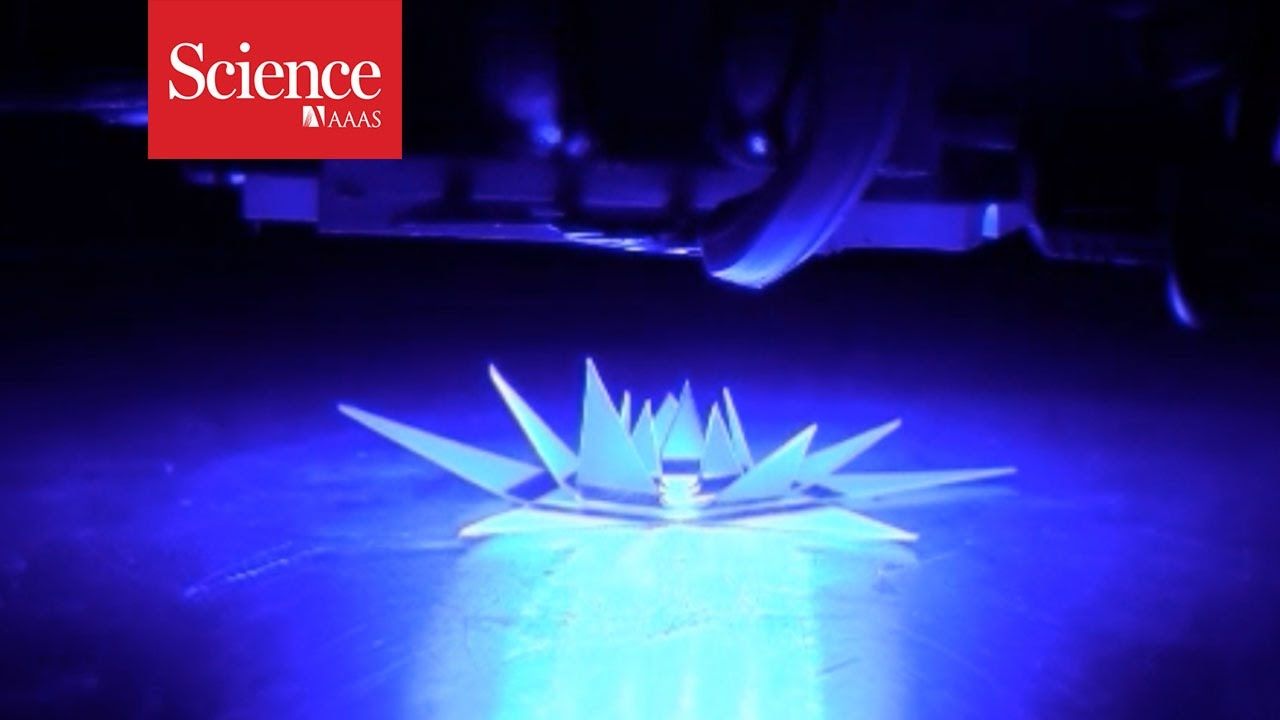Mar 4, 2017
A Universal Basic Income? Slow Your Roll, Silicon Valley
Posted by Dan Kummer in categories: economics, employment
While there are different flavors of the UBI, the basic concept is that everyone just gets money for existing—this, in theory, would help keep the economy running smoothly even as people are working less.
“Sounds like a communist scheme” jokes Pethokoukis. But he explains how this is actually a very old idea that has its roots on the political right as a way to simplify the welfare state. It’s an idea that’s really taken off among the libertarian-leaning luminaries of the tech world in recent years.
“Silicon Valley has sort of latched on to this idea. They have the most aggressive timetable as far as when we will actually see all these jobs hemorrhage,” explains Pethokoukis.
Continue reading “A Universal Basic Income? Slow Your Roll, Silicon Valley” »

 microbes could take more than a decade to develop. In an effort to stress the urgency of this rising resistance, the World Health Organization (WHO) created a list of the twelve deadliest superbugs with which we are currently dealing.
microbes could take more than a decade to develop. In an effort to stress the urgency of this rising resistance, the World Health Organization (WHO) created a list of the twelve deadliest superbugs with which we are currently dealing.















